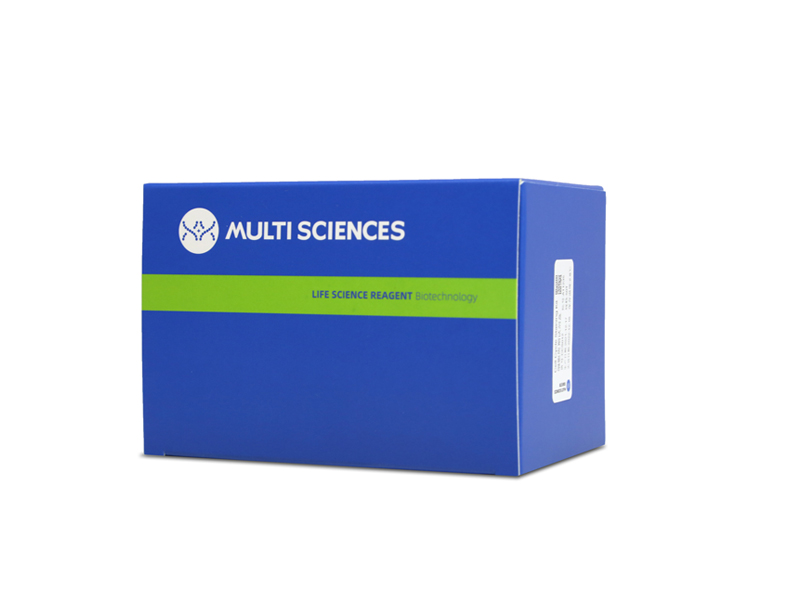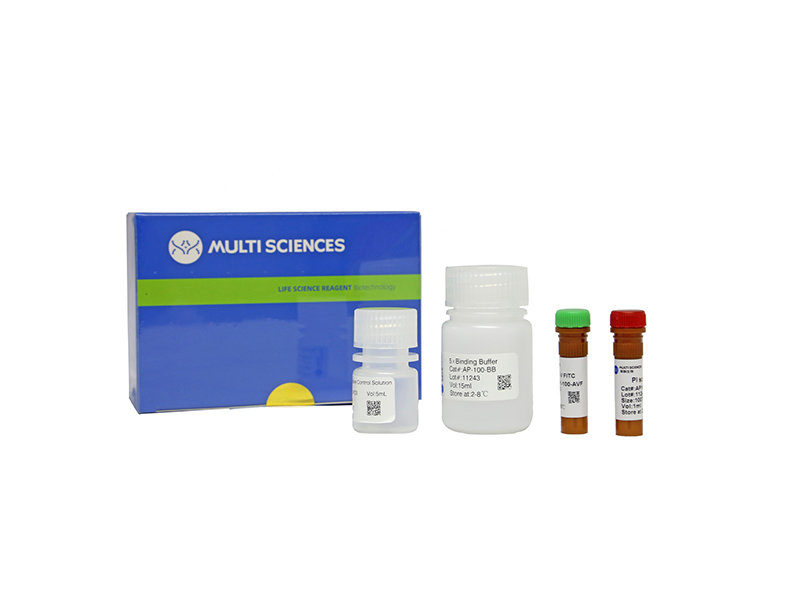Fibrosis results from excessive accumulation of extracellular matrix (ECM), and hepatic stellate cell (HSC) plays a central role in hepatic fibrosis. Thus, removal of excess ECM and promotion of apoptosis in HSC are two antifibrotic approaches. Ethyl acetate fraction (EF) of Terminalia bellirica fruit has long been used in liver diseases, but little scientific evidence exists for EF mechanisms in such illnesses. EF has demonstrated both antiproliferative and proapoptotic activities in HSC-T6. The present study investigated the effects of EF on cellular proliferation, ECM removal, cellular signaling pathways, and apoptosis of a rat HSC line (HSC-T6). HSC-T6 cells were incubated with EF, and their proliferation was assessed by MTT assay. Expression of Smad2, platelet-derived growth factor receptor (PDGFR), alpha-smooth muscle actin (α-SMA), matrix metalloproteinase-2 (MMP-2) was determined by real-time polymerase chain reaction (PCR) and western blot analysis. Expression of tissue inhibitor of metalloproteinase (TIMP)-1, and TIMP-2 mRNAs was determined by real-time PCR. Collagen I, collagen III, TGF-β1, and hydroxyproline levels were assessed by ELISA. Apoptosis was measured and confirmed by Annexin V-PI staining using fluorescence microscopy and flow cytometry. Apoptotic pathways involving Fas/FasL expression and Bcl-2/Bax family were investigated by real-time PCR. Results showed that 31.25–250 μg/mL EF exhibited cytotoxic and antiproliferative effects on HSC-T6 cells. EF at 50 μg/mL significantly decreased the levels of collagen I, collagen III, TGF-β1, and hydroxyproline. EF suppressed the gene expression of Smad2, PDGFR, α-SMA, TIMP-1, and TIMP-2 but elevated that of MMP-2. These events consequently facilitated ECM removal and fibrosis resolution. The highest potency of EF promoting HSC-T6 apoptosis was detected at 50 μg/mL concentration. This finding was associated with upregulation of Fas/FasL and Bax, as well as downregulation of Bcl-2 in HSC-T6. These results indicate that EF demonstrates antifibrotic activity, and its mechanism of action can be ascribed to inhibition of collagen synthesis, cytokine secretion, and TGF-β1/Smad pathway. Furthermore, EF facilitates apoptosis in HSCs.
文章引用产品列表
-
- AT101C 300 Citations
- 凋亡试剂盒
Annexin V-FITC/PI Apoptosis Kit(贴壁细胞专用)(C6流式细胞仪专用)
- ¥860.00 – ¥1,510.00
-
- AP101C 302 Citations
- 凋亡试剂盒
Annexin V-FITC/PI Apoptosis Kit (C6专用)
- ¥630.00 – ¥1,280.00



